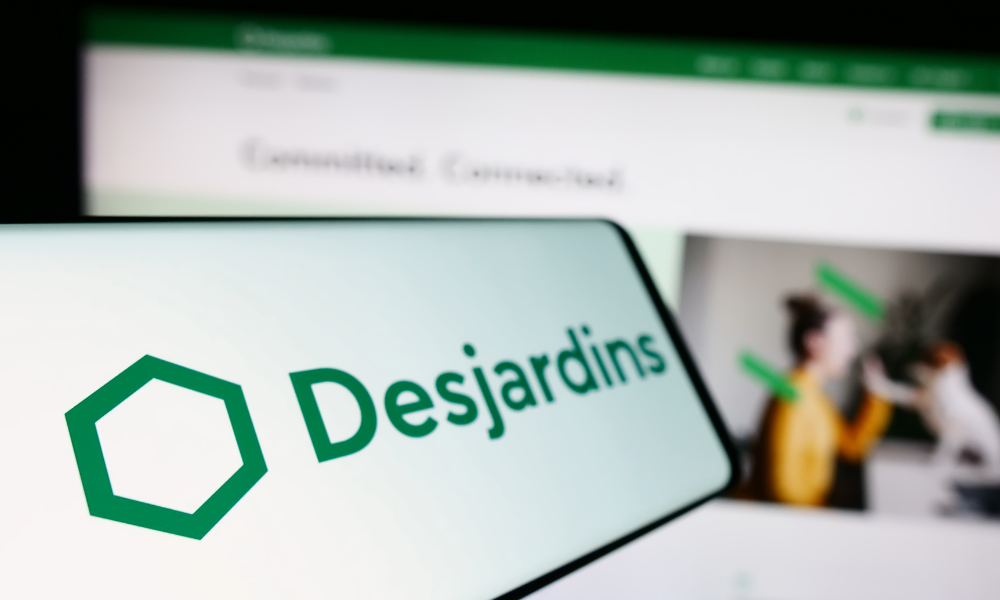Tech leaders explain how they integrated AI into their model, highlighting the functions that require an AI and the functions that don't

AI is everywhere now. Even, sometimes, in places it isn’t. The promise of AI has turned to hype and prompted countless tech platforms to highlight AI as a core part of their offering, when it may still be just a marginal add-on. For advisors and firms looking at generative AI usage in fintech, it can be challenging to take a genuine look under the hood and understand which of a platform’s functions is actually employing an AI, and which functions are simply using old-school automation.
Mike Zegers and Justin O’Leary are trying to make their platform’s AI usage as clearly outlined as possible. Zegers and O’Leary are two leaders at Infinite Investment Systems Ltd., the firm behind the Harmony portfolio management system. Zegers is VP of Strategy and Business Development while O’Leary is VP of Product for Harmony. Together they explained where confusion can arise about what tasks are and are not performed by an AI. They highlighted the example of their own AI additions to Harmony to demonstrate where clear implementation of AI can help advisors, so long as it's built around what a large language model (LLM) can do and what it can’t do.
“AI is not just automation. We’ve had automation in Harmony for years, providing users the ability to monitor accounts and see where they drift off their asset mix, their targets, or outside of their IPS ranges. Our application allows advisors and teams to see when they violate compliance rules before they make a trade. That’s where we’ll often see the ‘gimmicky use of the term “AI” applied like a sticker to capitalize on all of the buzz,” says Zegers. “Automation has been available in our software for the past two decades, but AI goes beyond simply automating tasks—it enhances and expands automation. That distinction is crucial for us. In our messaging to clients, we’ve put that front and centre. We’ve shown that what we are now working on is not just a way to repackage the functionality you already have to apply an AI label to it. The goal is to equip them with truly new features that are unique to what generative AI can do and what an LLM is capable of.”
O’Leary explained that the AI application they’ve added to Harmony is targeted and specific to what Harmony does. Harmony is a store and source for advisors’ financial data — a place where they can find all their analytics, performance, risk analysts, fee calculations, and accruals. O’Leary and his team realized that an AI LLM is the perfect tool to use to collect and display extremely specific datapoints from that vast bank of information from a plain language request.
“Our view is that's immensely valuable to an advisor who, at the last second, is trying to find that one data point and they don't have time to figure out what report they want to run,” O’Leary says.
The genius of an LLM, O’Leary explains, is its ability to convert a plain text prompt into a complex function. It enables an advisor to speak plain English with their portfolio management system and receive the output of a computer function. In a reporting tool like Harmony, with a vast “lake” of data, O’Leary says an LLM can add immediate value by making that data conversational.
As it stands, the AI function in Harmony actually takes the form of a chat. Embedded within Microsoft Teams, the digital assistant presents itself as a virtual colleague, enabling advisors to request any information available in Harmony – account information, performance data, reporting - and the LLM will produce those data with appropriate context. O’Leary says that this kind of functionality is well suited to the industry’s current state of tech adoption. Infinite’s clients have access to an incredible amount of information and this is an easy new way to get at all of it. – quickly, easily and efficiently. The focus on the advisor experience being key to how this is being rolled out to their client base. As advisors are asked to keep growing their assets and client base, all under heavy regulatory requirements, speeding up access to and understanding that information is essential.
Just as interpreting plain language and conducting functions is the core strength of an LLM, O’Leary and Zegers are keenly aware of what an LLM can’t do. Namely, these models are very poor calculators. The existing applications offered by Infinite (Harmony, Melody, data.IQ) , however, are very good at calculation. An LLM isn’t being added to that system to improve its already strong functionality, instead it’s adding a new function that can’t be done without an AI. As AI inundates every tech platform, conference, and piece of marketing that advisors and firm leaders see, Zegers and O’Leary encourage a critical eye with a view to LLMs’ strengths and weaknesses.
“There are a lot of single purpose, AI tools out there that you could put into advisors’ hands very cheaply and effectively and you have a decent product that will do one thing really well and as a tech firm, you’ll attract interest. We’ve done it the harder way.,” Zegers says. “Over the past 20 years we have honed in on aggregating, normalizing and making all of this information available in in our applications. That is the foundation this AI then runs off of. That rich set of data gives our clients access to do so much more.”



